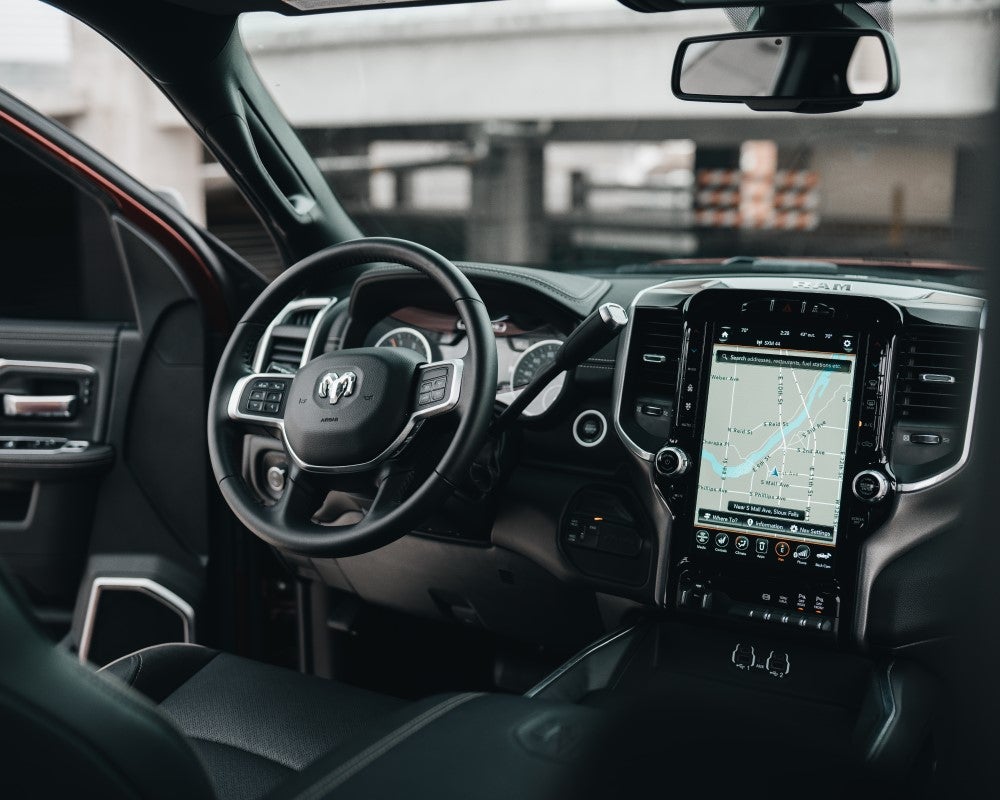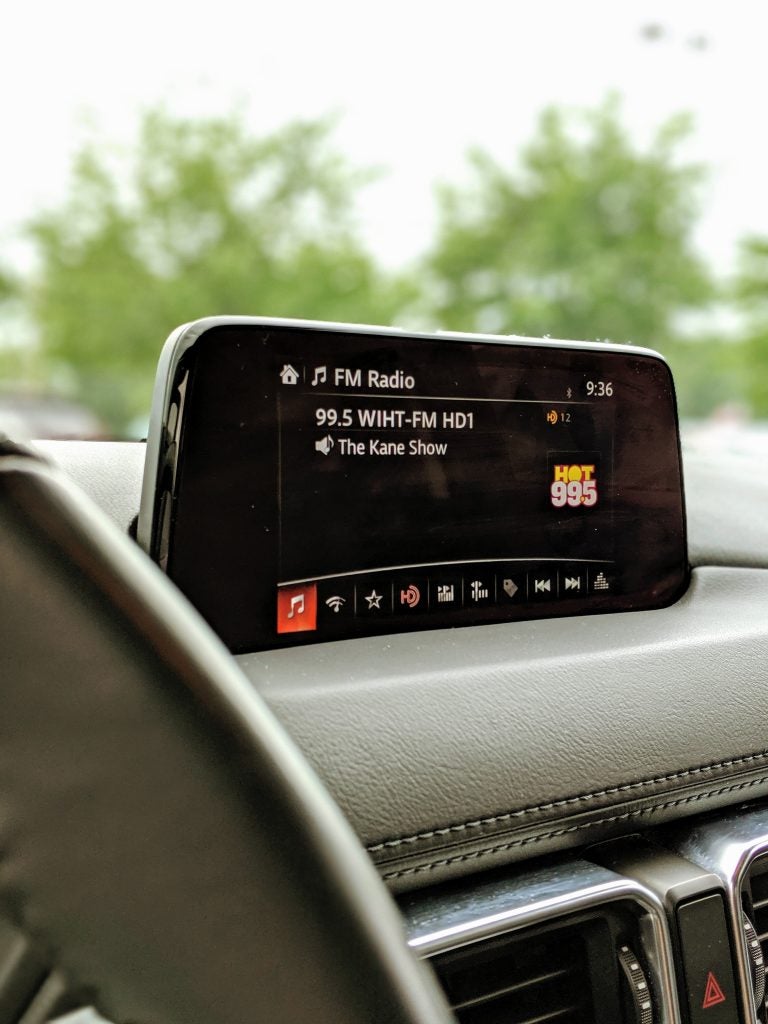Touchscreen technology has come a long way since its inception, with the automotive industry being no exception to the trend. Interacting with a screen through touch has revolutionized how we interact with technology. Here, we will explore the evolution of touchscreen technology and its impact on the automotive industry.
Touchscreen tech
The first touchscreens were resistive, meaning they relied on pressure from a finger or stylus to activate a response. This technology was limited in accuracy and could only register one input at a time. The second generation of touchscreens was capacitive, allowing multitouch input and a more responsive experience. This technology is still used in smartphones and tablets today.
The latest generation of touchscreens uses infrared sensors to detect touch, providing an even more accurate and responsive experience. This technology is now being used in various industries, including automotive.
Vehicle tech
In the past, cars had simple displays with buttons and knobs for controlling various features. As technology progressed, car manufacturers began incorporating touchscreens into their dashboards. These touchscreens allowed drivers to control everything from the radio to the air conditioning system with the swipe of a finger.
Today’s touchscreens in cars offer much more than just basic functionality. They are now integrated with advanced features such as GPS navigation, backup cameras, and gesture control. Many modern cars have large, high-definition screens that display multiple functions simultaneously.

Benefits
One of the main benefits of car touchscreens is that they allow for a more intuitive and interactive experience for the driver. With a touch interface, drivers can easily navigate menus and make selections without taking their eyes off the road. Touchscreens also allow for a more streamlined dashboard, reducing clutter and improving overall aesthetics.
Touchscreens in cars also offer a more personalized experience. Drivers can customize their interface to display the functions and features they use most often. This makes the driving experience more comfortable and enjoyable. Also, many cars offer experimental features accessible through a touchscreen interface.

The future of touchscreen technology in cars
The future of touchscreens in cars looks bright. As technology advances, we can expect even more innovative features to be added to car touchscreens. For example, we may see the integration of augmented reality technology to provide even more detailed information about the environment around the car.
Additionally, with the rise of electric and autonomous vehicles, touchscreens will play an even bigger role in controlling and monitoring the car’s systems. Soon, cars may be entirely controlled through touch interfaces.
Touchscreen technology has come a long way since its inception, and its evolution has greatly impacted the automotive industry. Touchscreens have provided a more intuitive and interactive experience for drivers, allowing for more advanced features to be integrated into cars. As technology advances, we can expect touchscreens to play an even bigger role in how we interact with our cars.

What this means for car-buying
When looking for cars, most people focus on the features that are available. Touchscreens in cars have been getting progressively bigger since they were first introduced to the auto industry. While this adds more features to cars, it also can add more distractions. Many car brands are removing physical knobs and buttons to make room for a bigger digital display, which houses all the buttons that were removed.

US Tariffs are shifting - will you react or anticipate?
Don’t let policy changes catch you off guard. Stay proactive with real-time data and expert analysis.
By GlobalDataWhile this may be the way of the future, some people like having tangible buttons, both for functionality and troubleshooting. If the screen in your car stops working, you no longer have access to the controls it houses. If you’re interested in tech, screens in cars are definitely advancing and will continue on that path; however, if you miss the buttons and knobs, there are still some car manufacturers that haven’t fully made the switch – such as BMW, Genesis, Mazda and more, according to Edmunds via The Associated Press.
To be sure, purchasing managers in the fleet sector, for example, need to do their research and test drive the model that’s right for their teams, while checking the controls and making sure they offer what’s expected from the end-user in terms of driving a car with a screen.
Read More: Car finance fintech Carmoola raises £103.5m








